Geometric composition, circa 1955
Pen and Indian ink, stump on paper
Dimensions of the work: 45 x 35 cm
Dimensions of the frame: 60 x 40 cm
The paper has some visible spots on photos.
Son of an art locksmith from Aube, Maurice Miot (who painted under the pseudonym Melito) took higher mathematics and industrial design courses in Reims from 1934 to 1937 before settling in Neuilly-sur- Seine in the aftermath of World War II. First a figurative painter, he discovered surrealism in Paris and quickly moved towards geometric abstraction.
In 1946, he participated for the first time in the Union des Arts Plastiques Show held at the Museum of Modern Art in the city of Paris. Throughout his life, Melito exhibited in numerous exhibitions and galleries in France and abroad: Salon des Réalités Nouvelles, Salon des Surindépendants, Galerie Bellechasse (Paris), Galerie de l'Université (Paris), etc. He is also a member of the “Structure”, “Space” and “Associate Artists” groups where he interacts with other artists sharing the same vision of aesthetics based on geometric form. He frequented artists such as Marcel Gromaire or Jean Cocteau and befriended Marcelle Cahn and Sonia Delaunay.
Melito liked to say that he wanted to express, through his art, “the true reality, the inner reality, that of the soul”, specifying: “I am neither for an imitation of nature, nor for a figuration. realistic, nor however for a total abstraction, but I try to translate sensitive things. ” Particularly sensitive to the tensions that emerge from linear forms, Melito creates an inventive and singular language mixing ideograms and symbols whose apparent simplicity conceals arrangements designed to touch the spectator in his heart of hearts. He uses a warm and brilliant chromatic range which is superimposed on his drawing line through various techniques: oils on canvas and on panel, gouaches on paper, collages, mixed techniques or even cardboard tapestries. The art critic Robert Vrinat said of Melito: “(He) creates plastic equivalents based on lines, simple shapes most often rectilinear, almost musical rhythms, and in this severity, knows how to introduce the spark of a fine and flexible poetry, and maintain the meaning of life. ”.
The design we are proposing is part of his work from the 1950s and is in line with geometric abstraction.


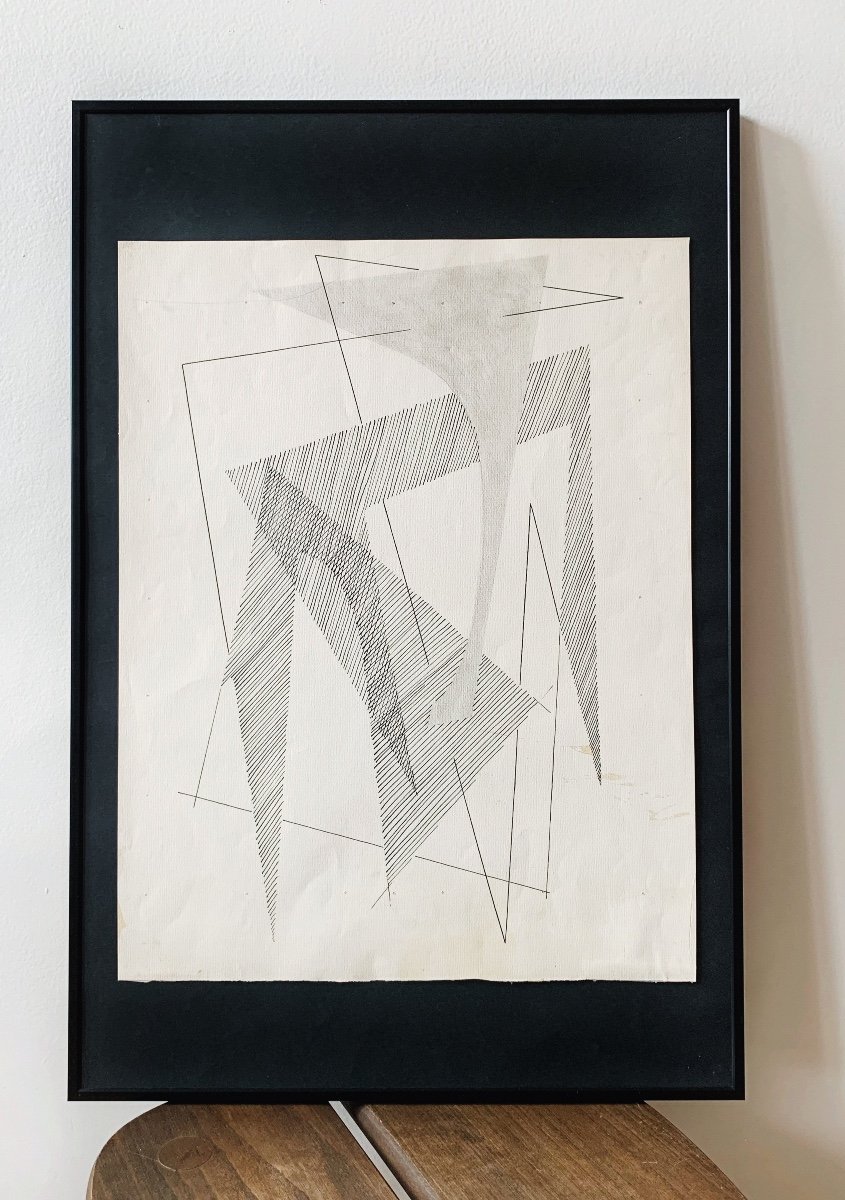

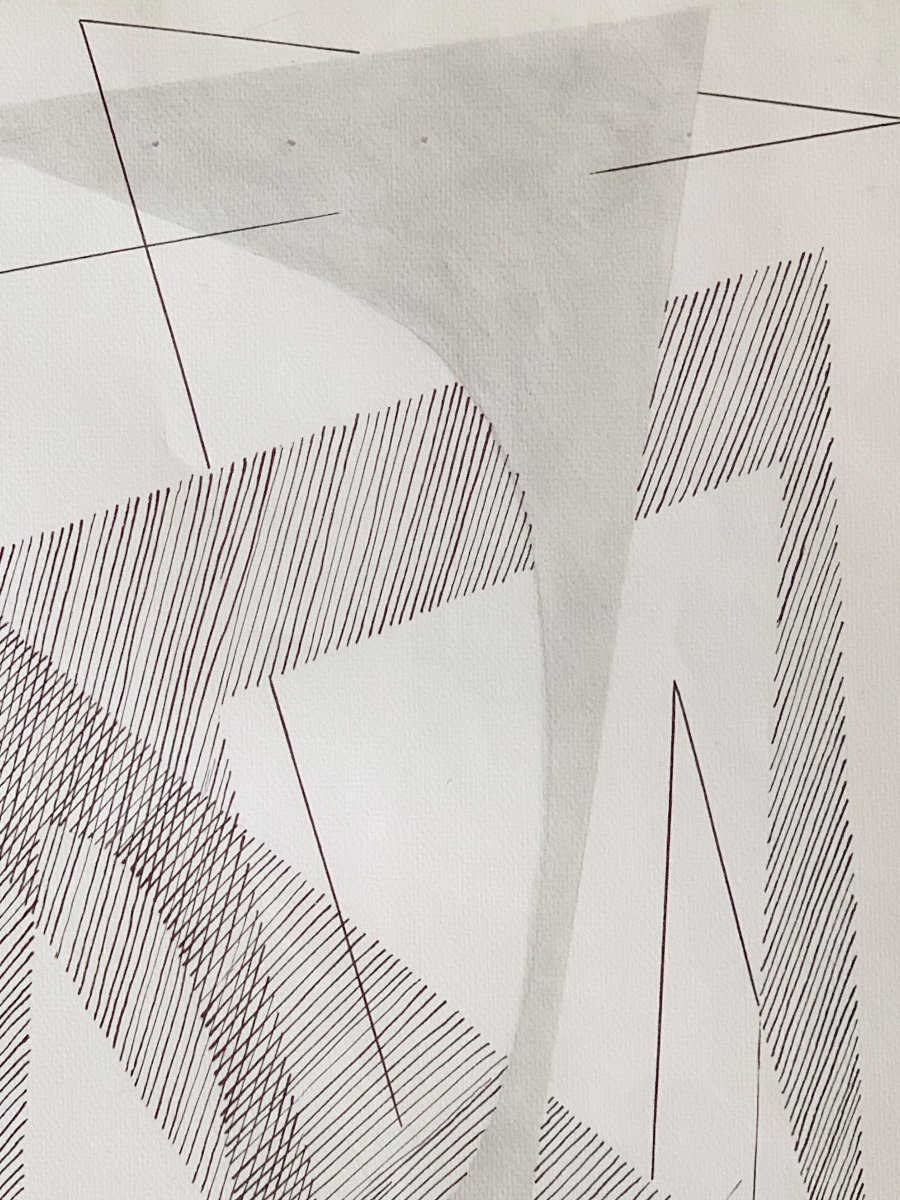

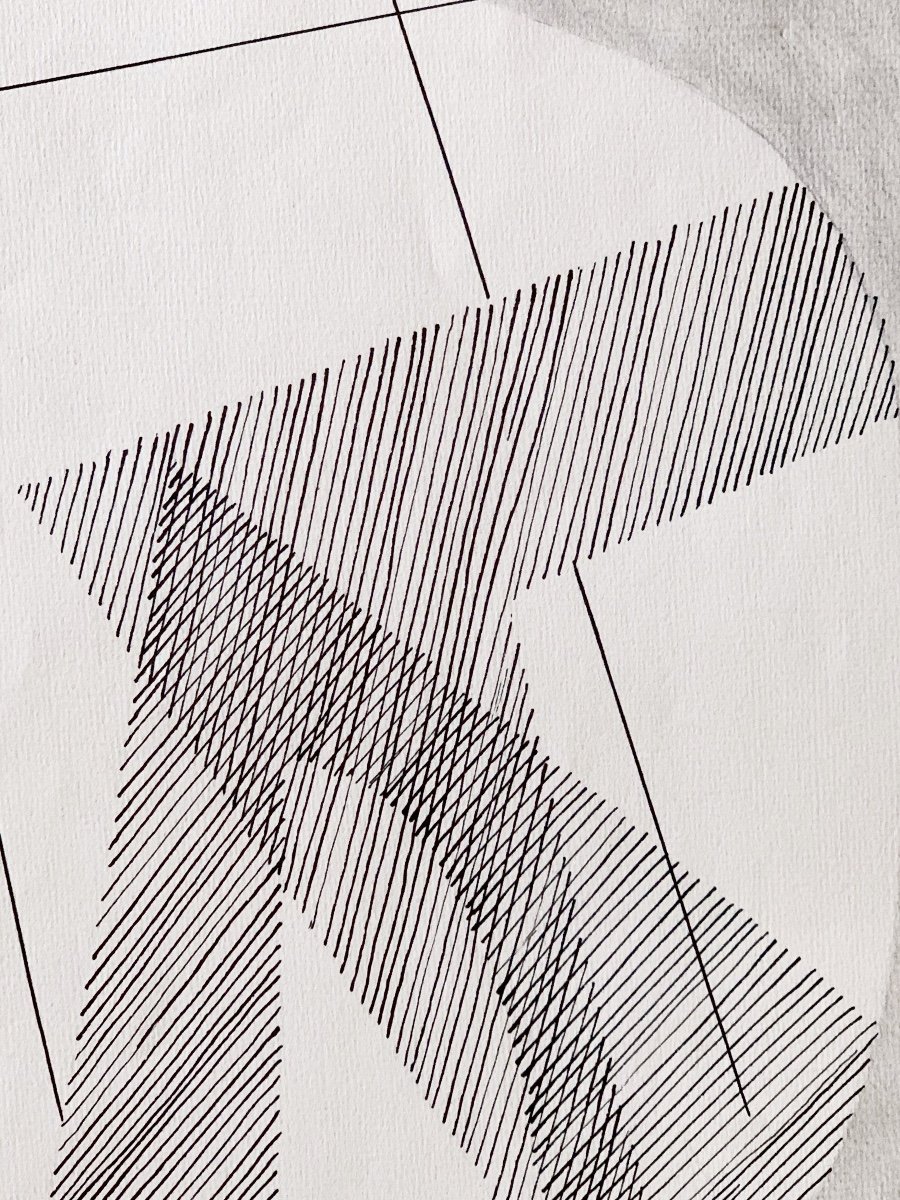
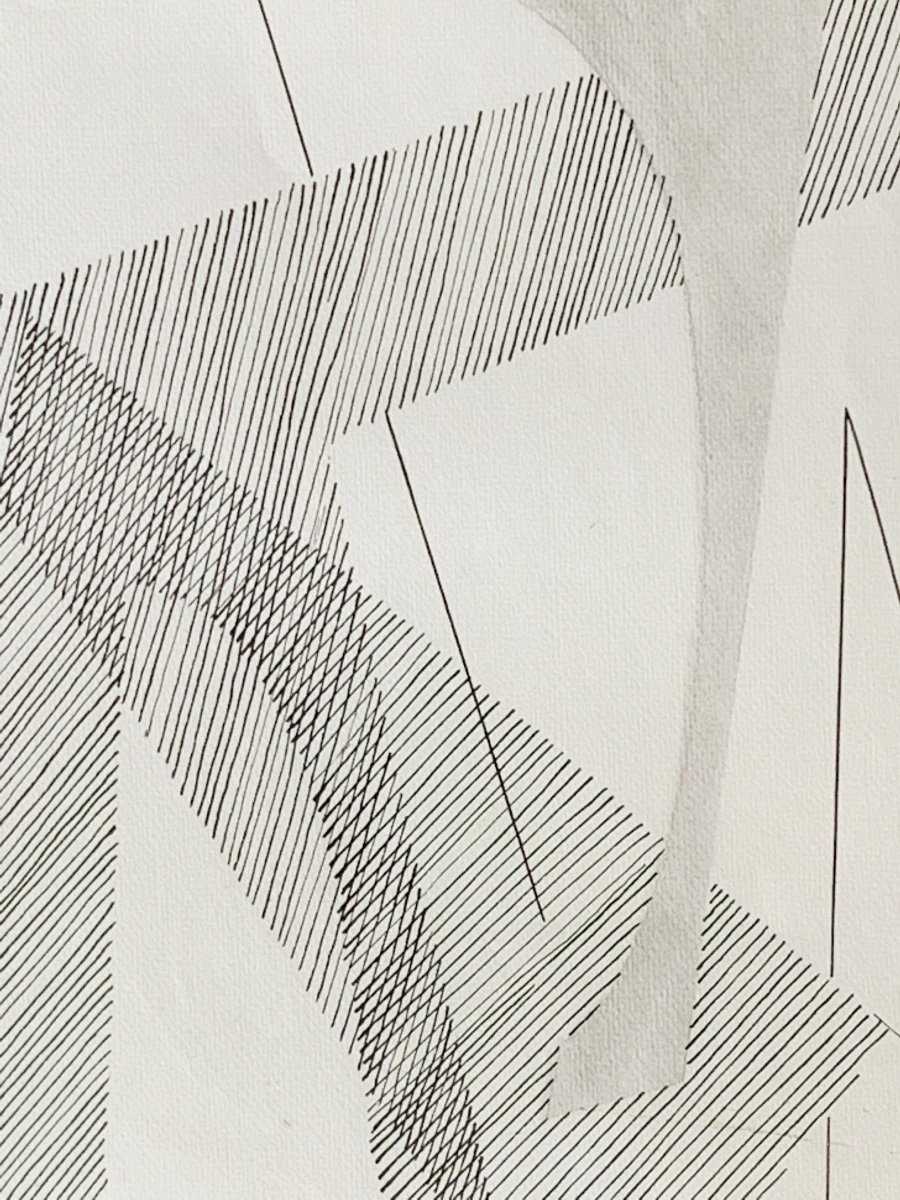


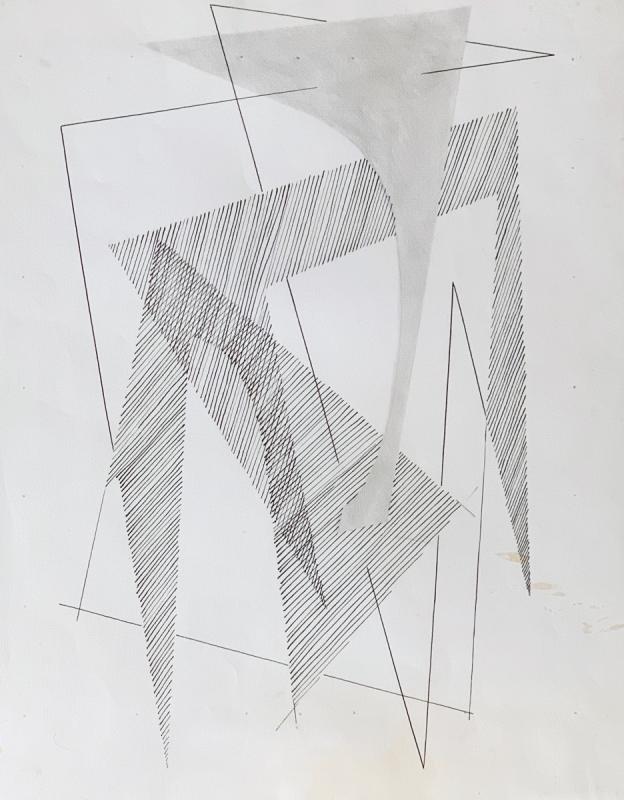

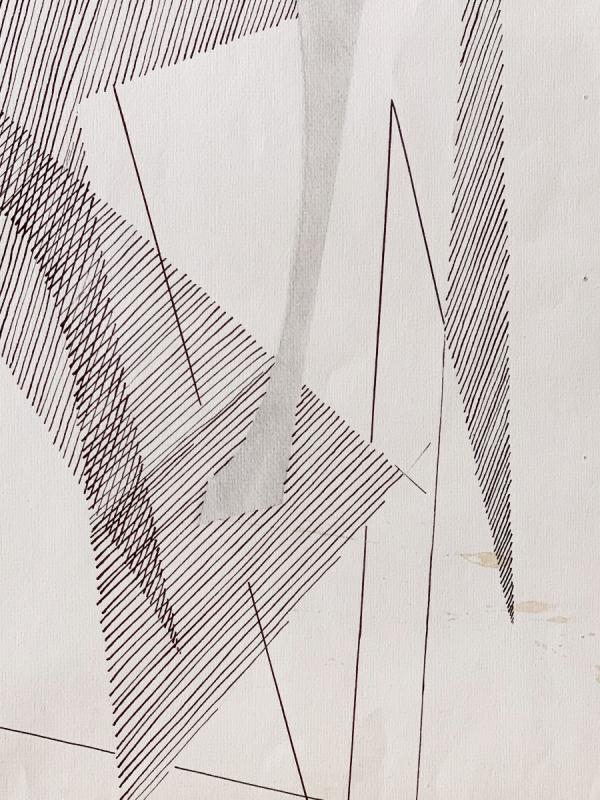


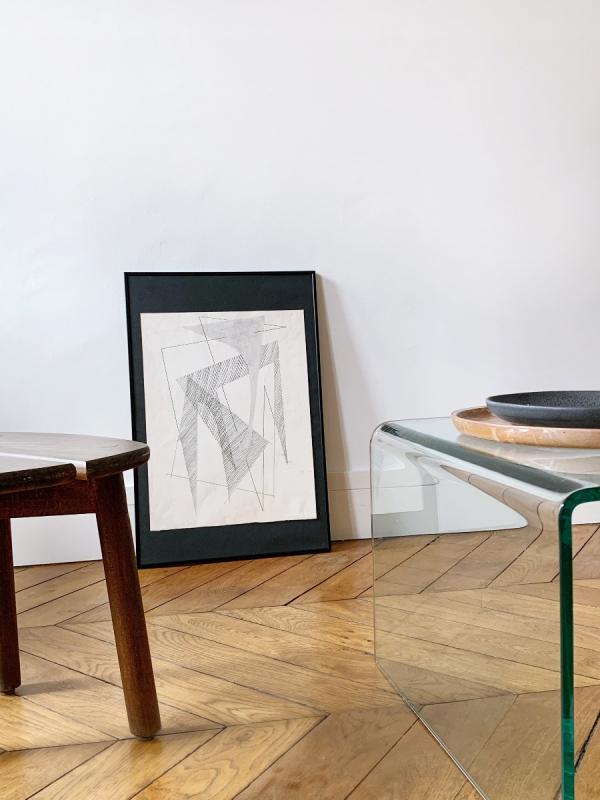



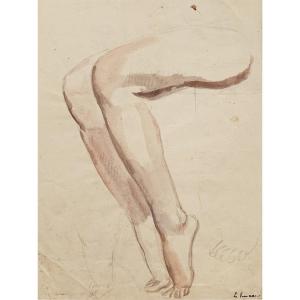


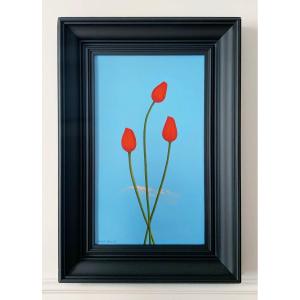

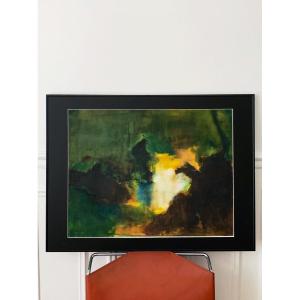

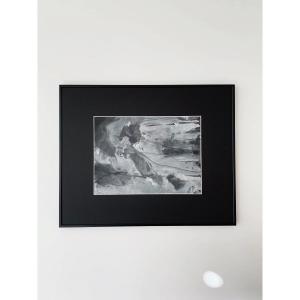
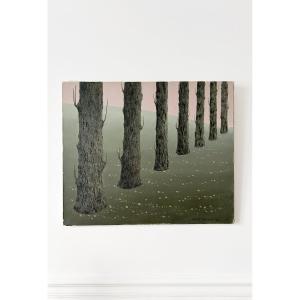
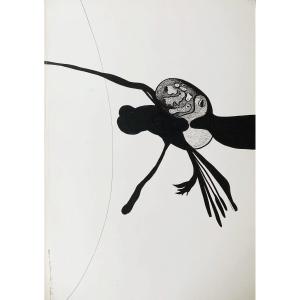
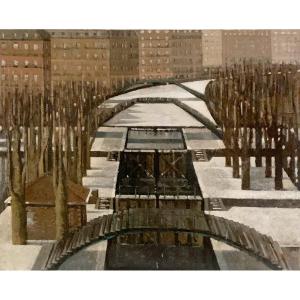










 Le Magazine de PROANTIC
Le Magazine de PROANTIC TRÉSORS Magazine
TRÉSORS Magazine Rivista Artiquariato
Rivista Artiquariato